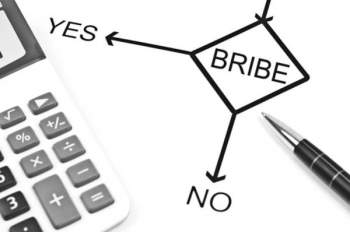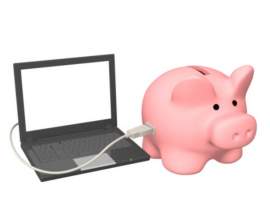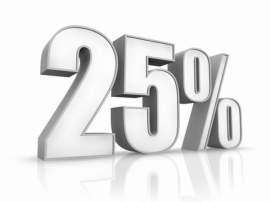
Balance Sheet

The Basics of a Balance Sheet
A balance sheet is a financial statement of position at a given point in time. It gives a current or snapshot summary of the liabilities and assets of a company, business partnership or sole proprietorship at a given date, for example at the end of a financial year.
A balance sheet as three main parts
• Assets
• Liabilities
• Ownership Equity
The capital is given by finding the difference between the assets and the liabilities, which is also known as the net worth or net assets.
The International Accounting Standards Board has created standard guidelines balance sheets used by businesses.
Assets
• Current Assets
o Cash and its equivalents
o Accounts receivable
o Inventories
o Prepaid expenses to be used in year
• Non-Current Assets
o Investment property
o Property and equipment
o Financial assets not included in current assets
o Investments
o Intangible assets
o Biological assets
Liabilities
• Accounts payable
• Financial Liabilities
• Liabilities and assets for tax
• Deferred tax liabilities and assets
• Provisions for warranties
• Unearned revenue not yet provided
Equity
• Issue capital or reserves from the controlling interest
• Non-controlling interest in the equity
A personal balance sheet shows both current and long term assets such as account balances, as well as real estate. It also shows liabilities such as mortgages and loan debt. A value for personal net worth can be calculated as the difference between the assets and liabilities.
For a small business, assets would be things such as inventory, accounts receivable, cash, land, building and other assets like patents while the liabilities would be the expenses, long-term debt, and the accounts payable. The equity of the small business would be the difference between the assets and liabilities.
While self-employed individuals or partners and partnerships do not have to submit balance sheets on their tax returns, many of the financial details are still needed. Limited liability partnerships and limited companies do have to produce a balance sheet for their annual accounts. They then get submitted to HM Revenue and Customers shareholders, and the Companies House.
Balance sheets can sometimes be given to other individuals or parties such as trade unions, employees, potential purchasers, government departments, or potential lenders.Having a proper balance sheet makes it possible to determine just how solvent a business, how the company or business is financed, how much of the capital is being used, and how much money can be converted into cash. These values can change dramatically in a short period of time, but the total amount net assets will not change rapidly under the company receives large changes in profits or losses.



















